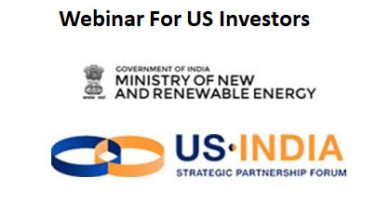After Karnataka, Tamil Nadu Gets Tender Fatigue on Renewables Power

If there was ever a case of the perils of high government involvement, the renewables sector has probably seen every aspect of it in the past year. From open tenders with price ceilings, to waiting for policy clarity on cost escalations due to safeguard duty, and now, the incredible news of some of the leading states on renewables, Karnataka and Tamil Nadu, opt for ago slow on further renewable additions.
All this, even as the land acquisition issues for earlier wind energy auctions have barely moved. With virtually every research and tracking agency skeptical about India meeting its renewable energy target of 175 GW by 2022, the new government at the centre will have a real task on its had to ensure that the increasing despondency in the sector changes. Fast. Not something we would count on, going by the past.
So just what happened in Tamil Nadu. Ostensibly, the reason is the poor response to the tenders floated by the states renewable development agency, TANGEDCO, which got a very poor response from bidders. ascribed mainly to the price ceiling of Rs 3 per unit placed in the tender. Two such auctions earlier this year, one at a ceiling of Rs 3, and the second one that called for techno commercial bids at Rs 2.80, have effectively been rebuffed by all developers, with zero response. These will now presumably be handled by SECI, which has a far better reputation for payments on time, and according to KERC, can provide the power the state needs to meet its Renewable Purchase Obligations to the state discom.
Tamil Nadu is important, as the leading state in the country for renewables. it has the highest wind energy capacity in the country of 8,631 mw (as of end-2018), and 2,055 mw of solar capacity.
In Karnataka, the story was a little different, as the state regulator informed that it has set up enough renewable infrastructure to meet its RPO obligations for the next two years . That, combined with its existing thermal PPA’s meant that the extra renewable power would not really reduce any costs, and only add to the overall power cost. Like Tamil Nadu, Karnataka is important thanks to its existing solar capacity of over 5.3 GW and a pipeline of almost 2.8 GW, easily making it the leading state in solar, even as Tamil Nadu leads in Wind.
It is anybody’s guess what impact the removal of the leading states in solar and wind will have on overall targets. It’s a challenge that requires a solution beyond the usual, as business is definitely not usual anymore for the sector. For the sake of the industry, and India’s own targets, and of course the environment that all these moves seek to protect, lets hope the new government has some fresh ideas soon.




